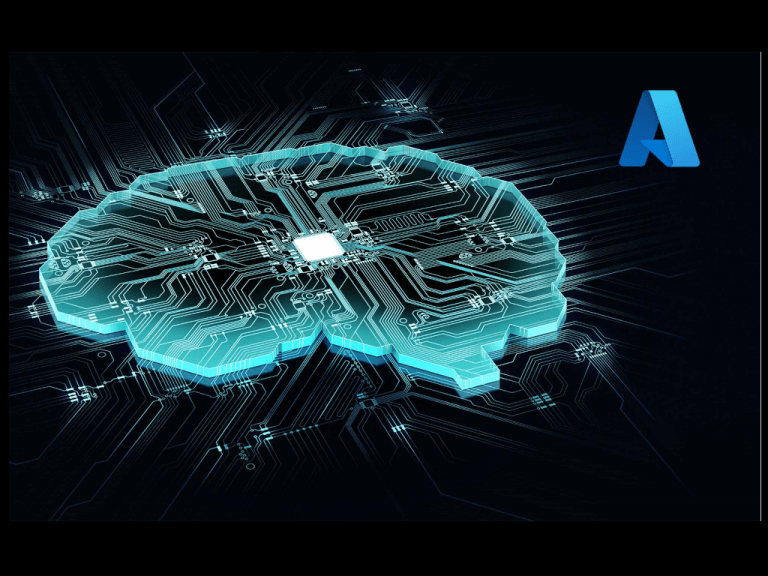Microsoft is announcing several new capabilities for Azure database services at Build. The Azure Database’s ledger capability, which is in preview for users, provides cryptographic verification for sensitive records.
Azure Synapse Link for Microsoft Dataverse provides immediate insights from Microsoft Dynamics 365 and Microsoft Power Platform applications, while Microsoft Power BI streaming dataflows provides the removal of bottleneck of signals to insights. In addition, the company has provided several updates to the Cosmos DB to support developers build and modernize high performance apps at any scale, these include:
- Azure Cosmos DB serverless – Now available for all APIs. Serverless charges are only for the resources consumed, making it a great deployment option for applications with spiky traffic patterns.
- Azure Cosmos DB integrated cache – Now in preview. Integrated cache optimizes costs and boosts performance for read heavy workloads up to 96 percent and 300 percent respectively.
- Always Encrypted for Azure Cosmos DB – Now in preview. Always Encrypted enables developers to encrypt sensitive data inside a client app before it gets stored into the database
- Azure Cosmos DB role-based access control (RBAC) – Now available to the general public. RBAC enables administrators to define roles with specific rules and apply roles to Azure Active Directory (Azure AD) profiles to determine access level.
Microsoft is also announcing additional low cost and free options for Azure Cosmos DB, Azure Database for PostgreSQL and Azure Database for MySQL. From today, Azure Cosmos DB’s expends the free tier which is now widely available to users. This provides developers more flexibility to innovate with 1,000 RU/s provisioned throughput and 24GB storage free monthly. In addition, Azure Cosmos DB’s which is a free Linux emulator which is in preview that enables Linux devs to build, test and learn on Azure Cosmos DB platform locally on their Linux and MacOS machines.
The company also provides a 12 month offer for Azure Database for PostgreSQL and Azure Database for MySQL Flexible Server, which will be available next month in June that would provide devs up to 750 hours a month free for the first year with an Azure free account. In addition, Azure Database for Postgre SQL – Hyperscale (Citus) which is a basic tier, now in preview that offers a more cost effective option to get started with Hyperscale (Citus) on a single node and makes it easy to add more worker nodes to achieve virtually limitless scale.
Microsoft is also announcing at Build an additional category of services called Azure Applied AI Services to help developers build AI solutions faster. These services combine Azure Cognitive Services with a task specific AI and business logic, so developers are enabled to accelerate in building AI solutions for common scenarios, such as document processing, customer service, and extracting insights from content.
“Our commitment to developers is to make Azure the best cloud for developing intelligent applications
that harness the power of data and AI. At Microsoft Build, we are announcing several exciting new
capabilities and offers that make it easy and cost-effective for developers to get started with Azure data
and AI services.” – JG Chirapurath, Vice President, Azure Data, AI & Edge.
The Applied AI services includes Azure Bot Service, Azure Cognitive Search, Azure Form Recognizer, Azure Metrics Advisor, and Azure Immersive Reader. Starting today, Azure Bot Service makes it easier to build, test, and publish text, speech, or telephony based bots through an integrated development experience. The Azure Metrics Advisor, which now publicly available, automatically detects and diagnoses problems to reduce downtime.
Developers can extend applied AI services by bringing their own custom models from Azure Machine Learning. The managed endpoints in Azure Machine Learning enables developers to automate creation and management of infrastructure used to serve models into applications. Developers that are using PyTorch for machine learning, would have access to PyTorch Enterprise for a more reliable production experience that comes with benefits such as proititized requests and hands on support.
For developers on low code environment, you can turn natural language to code and program today by example of an AI powered app development approach. This experience is powered by OpenAI GPT-3 model, one of the largest natural language models in the world. This additional capability in Power Apps is made possible by Azure Machine Learning’s managed endpoints as shown from previous article – Microsoft extends low code Power Platform with VS extensions, GPT3 support.


